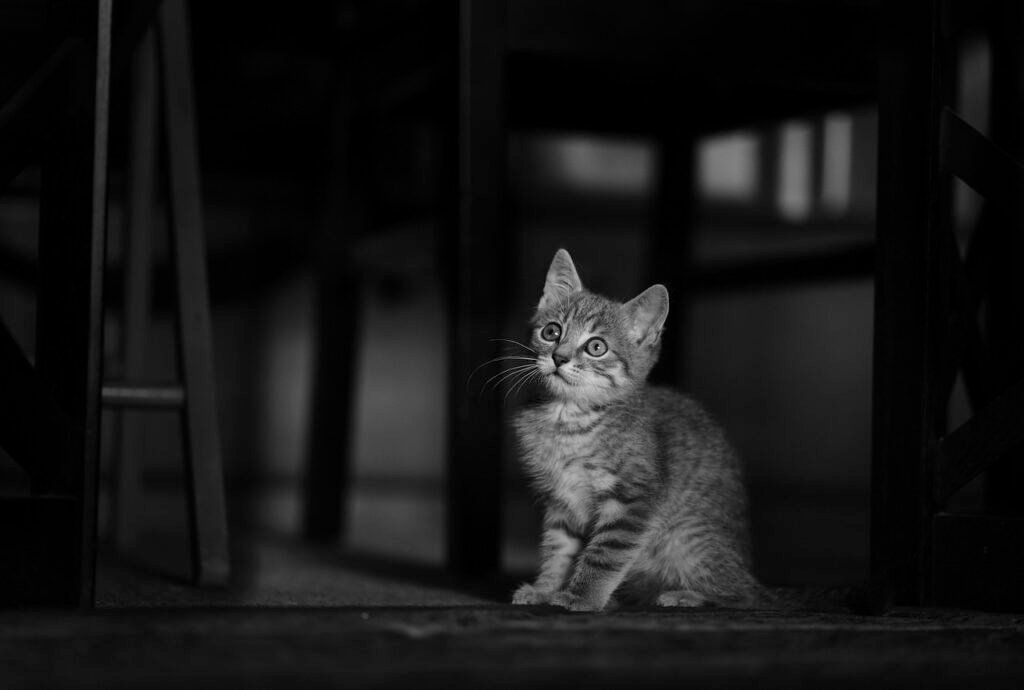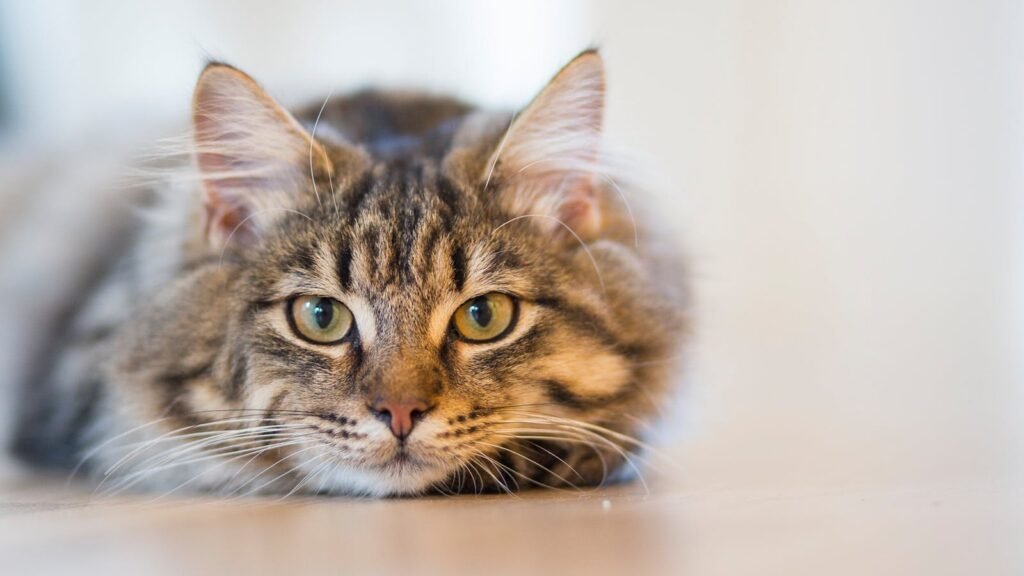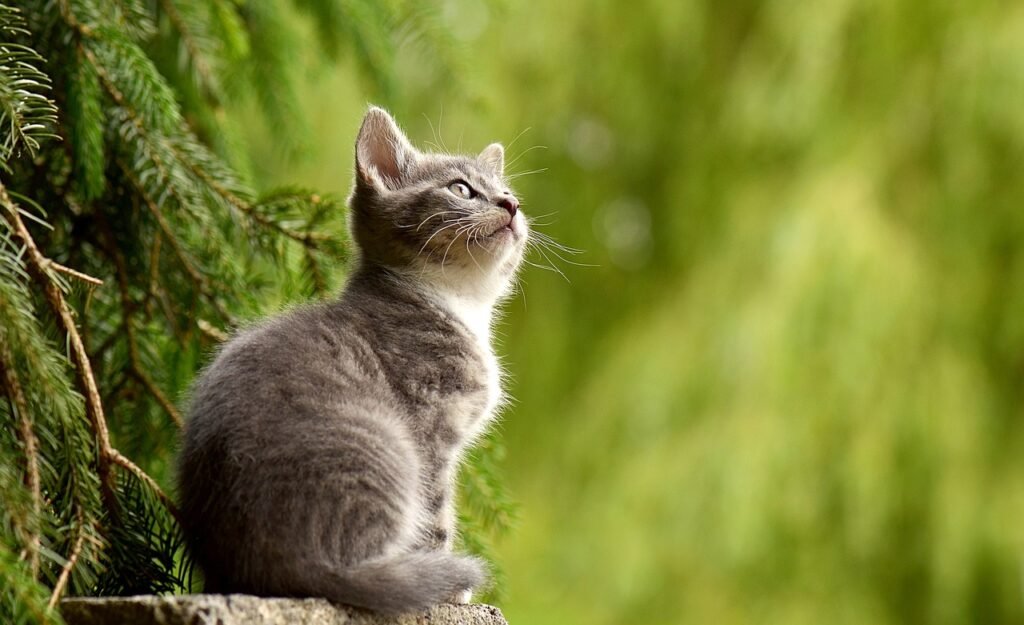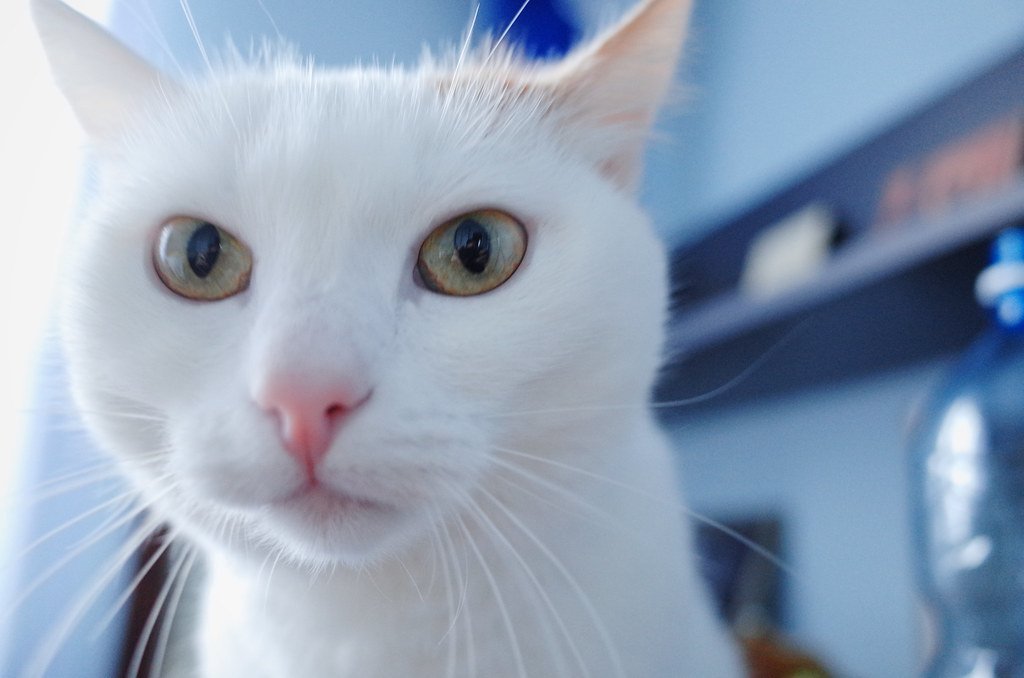Cats have fascinated humans for millennia, and one of their most intriguing characteristics is their ability to navigate diverse environments with ease and precision. From the agile alley cat weaving through urban mazes to the domestic feline maneuvering through the house, cats’ navigation skills are nothing short of remarkable. But what is the science behind how cats navigate their surroundings? Let’s dive into the fascinating world of feline navigation.
Whiskers as Sensory Tools

Whiskers, or vibrissae, are more than just adorable facial features; they are sophisticated sensory tools that provide cats with critical information about their environment. These specialized hairs are embedded deeply in the cat’s skin and are connected to a rich supply of nerves, making them highly sensitive to vibrations and changes in their surroundings. Whiskers help cats detect obstacles, gauge openings, and even sense the presence of prey or predators nearby.
The Role of Vision

Cats possess remarkable night vision, thanks to their large corneas and pupils that allow maximum light entry. Their eyes have a specialized layer called the tapetum lucidum, which reflects light like a mirror, enhancing their ability to see in low-light conditions. While cats are considered nearsighted compared to humans, their ability to detect movement aids significantly in tracking targets and exploring their surroundings effectively, even in the dark.
Hearing for Precision

Cats have superior hearing abilities that play a crucial role in navigation. They can detect a broader range of frequencies compared to humans, making it easier for them to hear high-pitched sounds made by their prey. Their highly movable ears can rotate independently, allowing cats to pinpoint the exact location of a sound source, which is essential for both hunting and avoiding threats.
Smell: The Underrated Navigator

While not as celebrated as a dog’s sense of smell, a cat’s olfactory system is still immensely powerful and serves as an invaluable navigation tool. Cats use their keen sense of smell to identify territories, find food, and recognize other animals. Scent-marking with glandular secretions is another navigation technique used to establish familiar routes and safe spaces.
Proprioception and Balance

Proprioception is the sense of the relative position of one’s own body parts and strength of effort being employed in movement. This sense, coupled with an exceptional balance, allows cats to navigate narrow ledges and high places effortlessly. With a flexible spine, powerful muscles, and a tail for counterbalance, cats exhibit impressive coordination and grace as they move through their environment.
Magnetoreception and Geomagnetic Fields

Recent studies suggest that cats might possess a magnetic sense known as magnetoreception, which allows them to detect the Earth’s geomagnetic fields. This ability could help them navigate long distances, finding their way home even from unfamiliar places. While research is ongoing, the possibility of feline magnetoreception adds another fascinating layer to our understanding of their navigation capabilities.
Cognitive Mapping and Memory

Cats have excellent spatial memory and cognitive mapping skills, which enable them to create mental maps of their surroundings. This mental mapping allows them to remember locations of key resources like food and water, as well as potential hazards. Their problem-solving abilities also play a role in navigating complex environments efficiently.
The Role of Learning and Experience

Beyond innate senses and instincts, cats learn from experience and observation. Kittens learn to navigate their world by mimicking their mothers and through play, which helps them hone their senses and motor skills. As they grow, repeated exposure to certain environments allows them to adapt and become more adept at navigating those spaces.
Conclusion: A Marvel of Nature

Cats are undoubtedly master navigators, equipped with an array of sensory tools and skills that allow them to traverse their environments with unmatched agility and precision. Their abilities are a remarkable combination of biology and learned behavior, showcasing the wonder of evolution and adaptation. As we continue to understand more about feline navigation, we can better appreciate the science that enables our furry friends to navigate their world so deftly.
Hi, I’m Bola, a passionate writer and creative strategist with a knack for crafting compelling content that educates, inspires, and connects. Over the years, I’ve honed my skills across various writing fields, including content creation, copywriting, online course development, and video scriptwriting.
When I’m not at my desk, you’ll find me exploring new ideas, reading books, or brainstorming creative ways to solve challenges. I believe that words have the power to transform, and I’m here to help you leverage that power for success.
Thanks for stopping by, Keep coming to this website to checkout new articles form me. You’d always love it!






